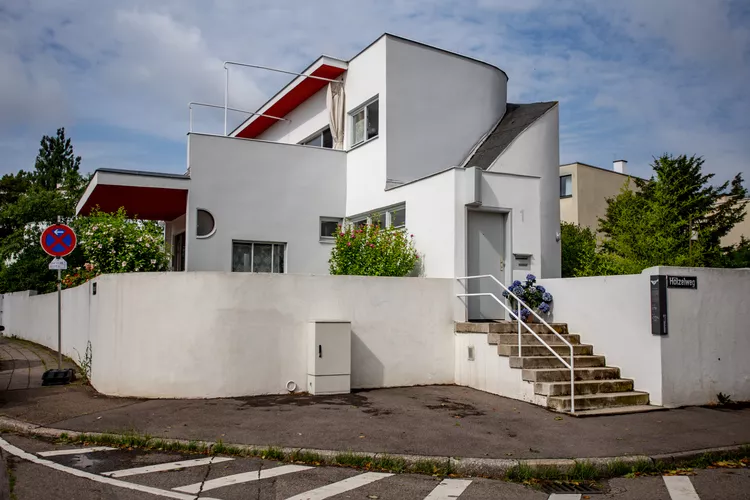1. Summary
- Introduction to the UNESCO World Heritage Sites in Germany.
- Background on Le Corbusier and his contributions to modern architecture.
- Details about the Le Corbusier Houses in Stuttgart.
- Information on visiting the Le Corbusier Houses.
Germany boasts a wealth of UNESCO World Heritage Sites, featuring picturesque castles, historical cities like Weimar, towering cathedrals, and the charming half-timbered Altstadt (old town) of Bamberg. Recently, the country welcomed an additional site.
On July 17, 2016, seventeen projects by the acclaimed architect Le Corbusier were added to the list of UNESCO World Heritage sites across seven countries. Recognized for his “Outstanding Contribution to the Modern Movement,” the Le Corbusier houses in Stuttgart have been officially recognized.
Who Was Le Corbusier?
Born as Charles-Edouard Jeanneret-Gris in Switzerland in 1887, he adopted his mother’s maiden name in 1922 and collaborated with his cousin, engineer Pierre Jeanneret. Consequently, Le Corbusier emerged as a pioneer in European modernism, a movement known in Germany as the Bauhaus Movement and the International Style in the USA. His architectural innovations span across Europe, Japan, India, and both North and South America.
The Le Corbusier Houses in Stuttgart
The Weißenhofsiedlung (or “Weissenhof Estate”) located in Baden-Wuertemberg was designed in 1927 to exemplify the modern International style, emphasizing economy and functionality. Multiple renowned architects, such as Walter Gropius, Mies van der Rohe, and Hans Scharoun, contributed to the estate, with two significant structures designed by Le Corbusier himself, making them the only Corbusier buildings in Germany.
Le Corbusier’s semi-detached, two-family house perfectly embodies the estate’s style with its modern grounds and minimalist interiors. Historians regard this building as the “icon of modern architecture.” Notably, this architecture reflects Le Corbusier’s Five Points on Architecture, characterized by monochrome facades, long horizontal strip windows, flat roofs, and concrete canopies.
The other original Corbusier house functions as the Weissenhof Museum. The left section at Rathenaustrasse 1 chronicles the origins and goals of the Weissenhof Estate, while the right section, No. 3, showcases Le Corbusier’s original plans, furniture, and color palettes. This museum provides insights into the radical changes in architecture during the period surrounding World War II, offering visitors a chance to relax on the roof terrace with panoramic views of Stuttgart.
After its completion, the estate fell into disrepair, particularly during the Third Reich era and World War II. However, in 1958, it was designated as a protected monument, eventually gaining international recognition as an influential example of Classic Modernist architecture. The City of Stuttgart acquired the estate in 2002 for preservation by the Wüstenrot Foundation. Despite its turbulent history, eleven out of the original twenty-one homes still stand and are currently occupied.
The recent addition of the site to the World Heritage list marks Stuttgart’s first UNESCO site and the 41st for Germany. The Le Corbusier Houses illustrate that Stuttgart harbors more than just machinery and cars; it serves as a hub for high art in architecture.
Visiting the Le Corbusier Houses in Stuttgart
For visitors interested in exploring the Le Corbusier Houses, check the website for information on opening hours and admission details.
Since 2006, the Le Corbusier House has undergone extensive renovations and is now open to the public.
Guided tours are available, providing exclusive insights into the historical significance of the site and the life of Le Corbusier.





